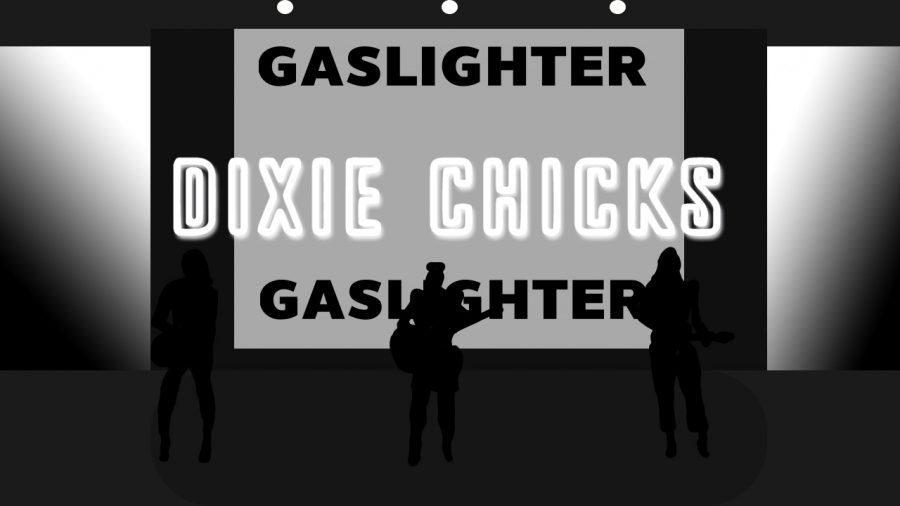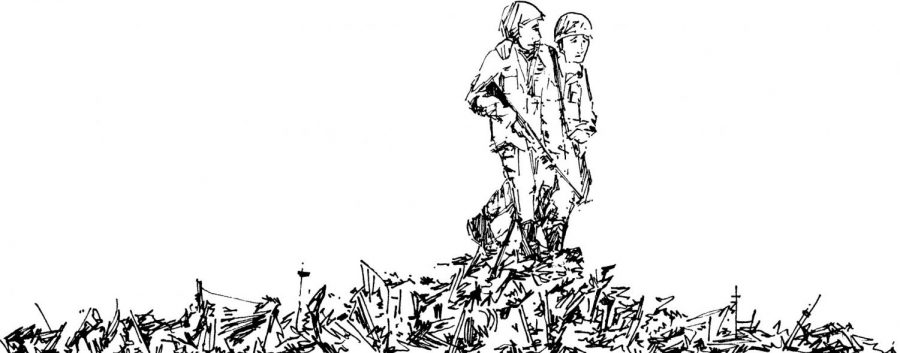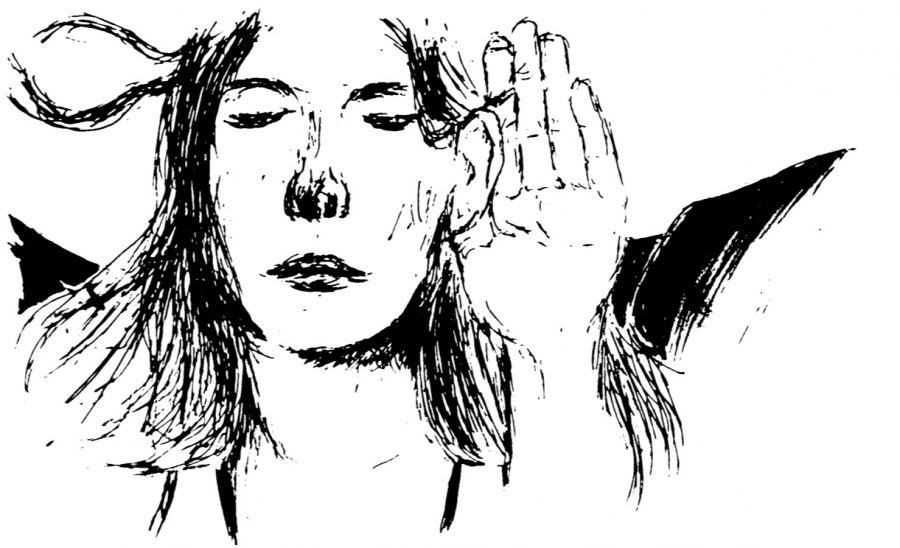“Paper Towns”
John Green
305 pages
Technically, “Paper Towns” is a young adult novel. But since this novel falls under the category of Books You Should Have Read In High School But Couldn’t Because They Probably Weren’t Yet Published, I feel it’s fitting to include in a book review that will largely be read by college students. Young adult novels are, in my opinion, pretty useful for college students, especially for those who complain they don’t have time to read: They’re simple, short and don’t require that much brainpower, so you can fit them in among all that biology reading or calculus homework or those literary novels you really should be reading for your literature classes. There are some excellent choices out there as well: Many young adult authors are fantastically passionate writers, and their novels often include themes and undertones that younger readers miss, but which older readers can pick up easily.
John Green is one of these passionate writers. His books (“An Abundance of Katherines,” “Looking for Alaska” and “Paper Towns”) have won various prizes and nominations, including the 2006 Michael L. Printz Award for excellence in young adult literature. His voice is consistently clever, dry and endearing, and his characters are the type of people you always wanted as friends in high school: quirky, smart and loyal (although, in the case of “Looking for Alaska,” pretty damaged). “Paper Towns” was published in 2008 by Penguin Books, and, like all of John Green’s novels thus far, is a coming-of-age story about “a complex, smart boy and the way he loves” (according to Kirkus Reviews, which distinguished both of Green’s earlier novels as a Best Book of the Year).
“The way I figure it,” it begins, “everyone gets a miracle.” Quentin Jacobsen, the novel’s narrator and protagonist, has grown up next door to Margo Roth Spiegelman: a girl who is, according to him, “the most fantastically gorgeous creature that God had ever created” (although this quote must be taken with a grain of salt, since Quentin’s magnificent crush on Margo has lasted from childhood into his senior year in high school, when the rest of the story takes place). For one reason or another, Quentin and Margo don’t really stay friends as they grow up, until one night in May of their senior year, Margo crawls through Quentin’s bedroom window dressed as a ninja and, as the jacket blurb says, “summons him for an ingenious campaign of revenge.” Afterward, Quentin looks for her at school to renew their friendship, but Margo has disappeared. She’s left a trail of clues behind, all of them intended for Quentin: from a poster attached to the outside of her blinds facing his window to a note hidden in a door frame for him to find. Some of these clues lead to a solution Quentin refuses to even entertain, and his search for Margo Roth Spiegelman takes on a desperate intensity even she could not have supposed. Eventually, there is an Epic Road Trip (basically a staple of John Green’s novels), and it is proven that the destination is never as important as the journey itself.
Along the way, there are various subplots involving the senior prom, Quentin’s friends’ burgeoning romances and some hilarious urban exploration (also known as Breaking Into Abandoned Buildings).
John Green’s novels tend to include the most fascinating trivia: all the more fascinating when it’s completely applicable to the novels’ scenes. You can learn a lot of things from reading “Paper Towns”; for instance, I never knew that if you mix urine with Bluefin energy drink, “the result is this amazing incandescent turquoise color” (261). It helps that one of Quentin’s best friends devotes all his spare time towards updating and maintaining articles on the Omnictionary, a fictional version of Wikipedia. A lot of the trivia comes either from Radar or from Quentin’s narration.
“Paper Towns” is not just passionately written, but skillfully, as well. Green seems to pay just as much attention to crafting his sentences as he does his plots. His prose is clever but not overly self-conscious, smart without being elitist and, above all, real. Quentin’s voice is moving yet down-to-earth: exactly the way you’d hope your thoughts would sound to another person. His humor is quirky and sometimes gross, but this book is hilarious, no matter how many times you read it.
John Green’s video blog (which he does with his brother Hank) can be found at youtube.com/user/vlogbrothers.







